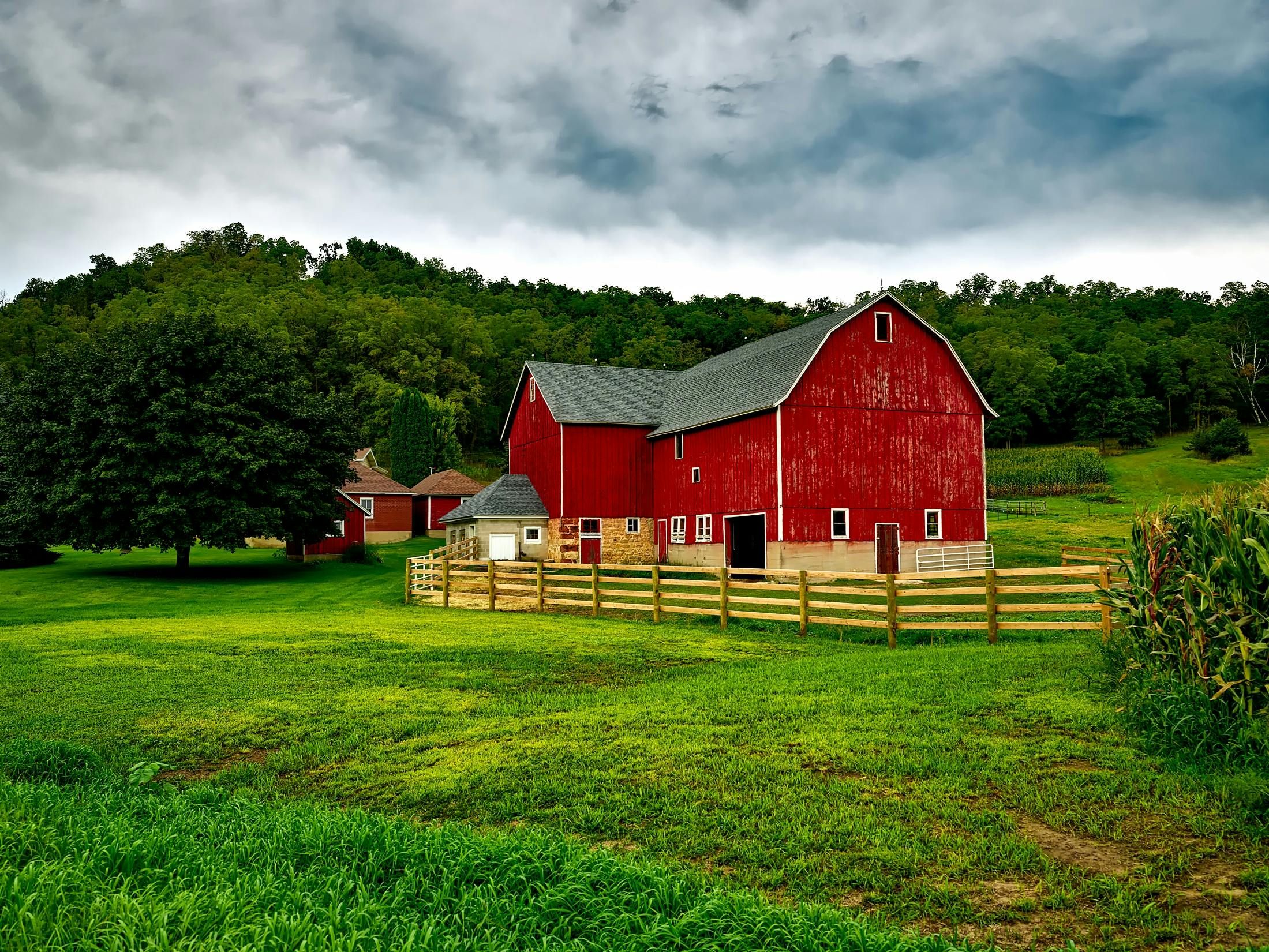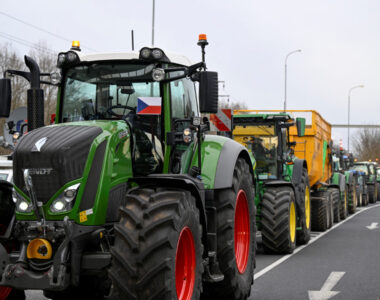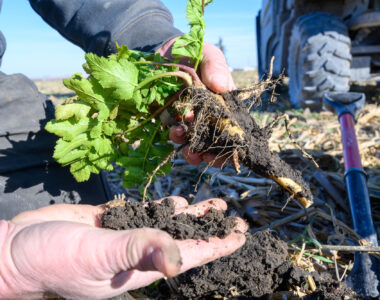
What’s Going On
U.S. agriculture is facing growing concerns that it is approaching an agricultural economic crisis. Farmers are dealing with falling commodity prices, high input costs, and trade disruptions. For example, soybean sales to China have dropped sharply, which has squeezed income for soybean growers. Meanwhile, record or near-record yields for crops like corn may flood the market, creating surplus and pushing prices even lower.
At the same time, farmers pay more for essentials: fertilizer, seed, fuel, and labor. Inflation and supply chain issues have made many input costs unpredictable, further narrowing margins. Agriculture Secretary Brooke Rollins and lawmakers are warning that without intervention, many farming operations—especially smaller ones—could face serious financial distress. Reuters has reported that the USDA is monitoring the situation closely and evaluating whether additional economic aid will be needed this fall as part of broader relief efforts.
Why Farmers Are Concerned
- Weak export demand: Trade tensions and stalled negotiations have reduced demand for key U.S. agricultural exports. With global markets uncertain, many farmers are losing sales and facing lower revenue.
- Input cost inflation: Fertilizer, seeds, and fuel have become significantly more expensive. Many producers say their costs are rising faster than their ability to pass those costs onto buyers.
- Oversupply and falling prices: Predictions of record corn yields and strong harvests may lead to supply gluts, which typically drive down market prices. Combined with low current commodity prices, this puts pressure on farm incomes.
What Solutions Are Being Proposed
Leaders in agriculture and government are exploring several strategies to reverse course and avoid the worst outcomes of an agricultural economic crisis:
- Economic aid: USDA is considering direct financial relief for farmers this fall. Secretary Rollins says the agency is working with Congress to determine the scale of assistance needed.
- Monitoring input markets: Part of what USDA is reviewing includes fertilizer markets. Ensuring fair pricing and supply stability may help reduce cost volatility for producers.
- Trade policies and export support: Restoring or improving export demand is another key solution. Encouraging trade negotiations and opening markets could help manage surpluses and improve price support.
- Risk management tools: Updated crop insurance, subsidies, or loan programs that help buffer farmers against price swings or unexpected expenses are under discussion.
How Communities Can Help
You can make a difference in your area by supporting local farms. When you shop directly from farmers, you help their cash flow and enable them to keep their businesses sustainable—even during hard times.
- Use platforms like Farm Trader to find and buy from farms in your community.
- Choose local produce—apples, pumpkins, greens—and attend farm markets; farmers keep 100% of their sales through direct channels.
- If farms in your area offer agritourism (like farm stands, hayrides, or harvest festivals), support those events. They help build visibility and revenue.
Farm Trader is family-built and family-run. We help farms have a louder voice in their communities by making it easier than ever to shop local and connect directly with producers when they need it most.
Summary
The signs of an agricultural economic crisis are becoming harder to ignore: falling export demand, skyrocketing input costs, and uncertain markets threaten farm sustainability. Policymakers and agricultural leaders are working on solutions like financial relief, trade support, and better risk tools. But you also play a role. By shopping local and supporting farms in your area—or using platforms that connect you directly—you contribute to a stronger, more resilient agricultural system.



